Podcast – High Performing Teams with Dan Dworkis at Tactical Trauma 24
St. Emlyn's
MARCH 11, 2025
St.Emlyn's - Emergency Medicine #FOAMed This epiode of the St Emlyns Podcast features Dr. Dan Dworkis discussing high-performance teams, excellence in crisis, and how emergency clinicians can continuously improve under pressure. The post Podcast – High Performing Teams with Dan Dworkis at Tactical Trauma 24 appeared first on St.Emlyn's.

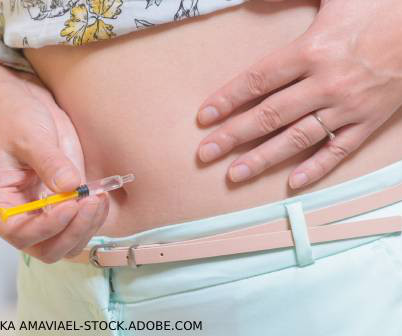


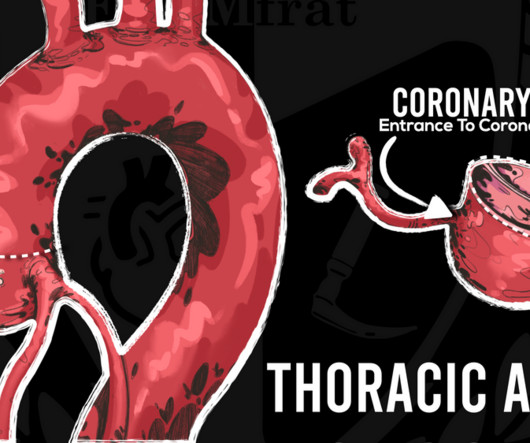

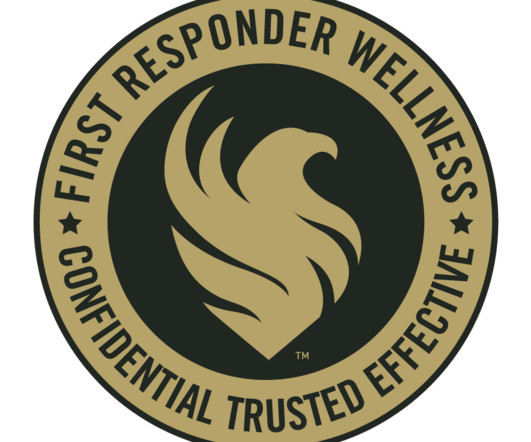
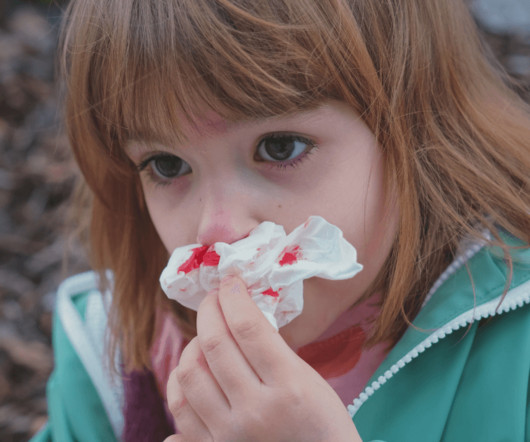
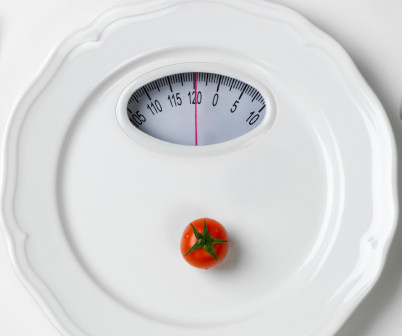






Let's personalize your content